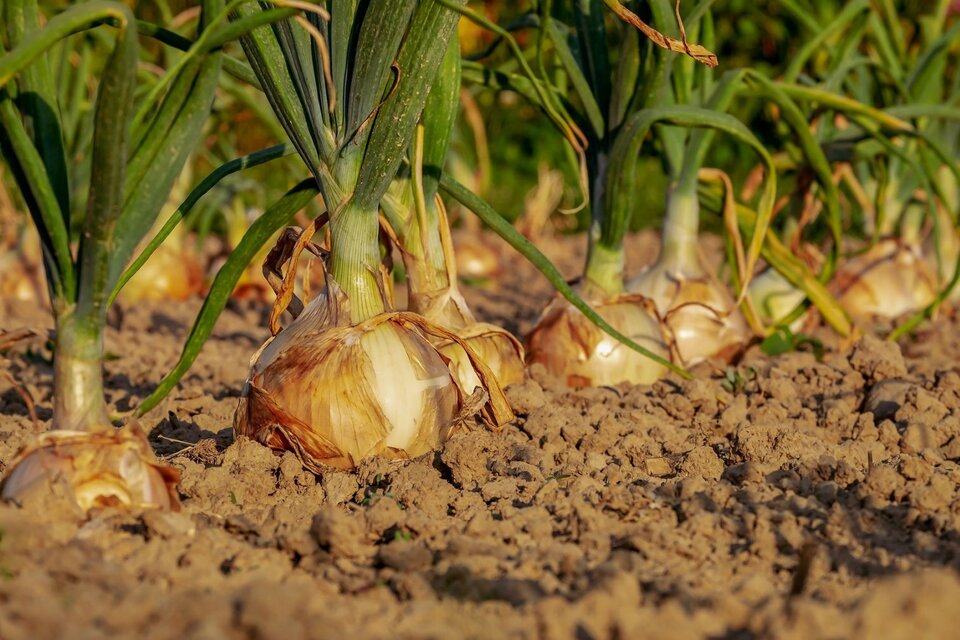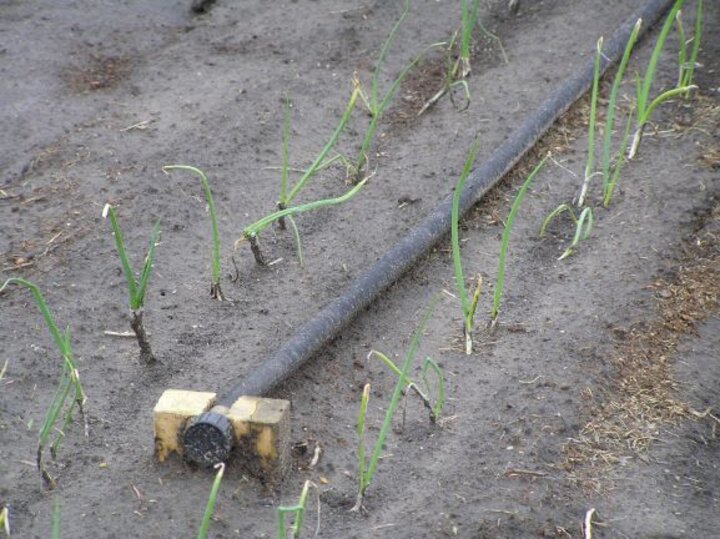Periods of Critical Water Needs in the Vegetable Garden

In the vegetable garden, an even supply of water throughout the growing season is directly related to quality and yield of vegetables harvested from the garden. Generally, vegetable demand for water is high during the first few weeks of growth following germination, right after transplanting, and during flowering and fruit development. However, with each vegetable crop there are particular developmental stages when having a good supply of water is critical.
- Asparagus- during fern development and growth after harvesting. Drought stress during the growing season can reduce harvest yields the following year.
- Broccoli, Brussels sprouts, cabbage, cauliflower and kohlrabi- during head development. Drought stress during periods of high temperatures is a contributing factor to bolting (premature flowering).
- Beans & Peas- flower bud formation to pod enlargement. Too little water can cause flower or pod drop, or poor seed fill within the pods.
- Beets, carrots and other root vegetables- root enlargement. Cracking, knobby growth and hot flavor can all be symptoms of dry growing conditions.
- Cucumbers and other vine crops- fruit enlargement. Drought stress can cause flower or fruit drop, and blossom-end rot in cucumbers, summer squash and melons.
- Eggplant, pepper and tomato- flowering, fruit set and enlargement. Drought stress can cause flower or fruit drop, and blossom-end rot.
- Lettuce (crisphead, butterhead, leaf or bunching and romaine)- head enlargement or leaf growth. Dry conditions can stunt plant growth and reduce head quality. Drought stress contributes to bolting (premature flowering).
- Onion and related crops- due to a small, and relatively inefficient root system onions require even soil moisture throughout their growth. Early water shortages will limit leaf growth and will effect later bulb enlargement. Dry conditions during bulb enlargement also effects size development.
- Potato- tuber set and enlargement. An uneven supply of water will cause tuber defects such as hollow heart, knobbiness and splitting.
- Sweet corn- tasseling, silking and ear development. Drought stress during tasseling and silking results in poor pollination, few kernels on the ears, small ears or poor development of the tips of the ears. A lack of moisture during ear development will decrease yield, reduce quality and effect flavor. Sweet corn yield is directly related to quantities of water, nitrogen and spacing.
Healthy plants, with plenty of moisture are bright green with firm stems and fully extended leaves. This can serve as a visual clue to a plant’s condition. Water stressed plants often develop a grayish-green coloration and may show visible wilting. As a general rule, vegetables perform best with an even amount of moisture throughout the growing season, typically one inch of water per week.

Finally, don't forget the mulch. Mulch helps prevent disease problems by stopping soil from splashing up onto the leaves during irrigation or rainstorms. It also holds moisture in the soil and helps control weeds. Straw, leaves, compost, and black plastic all make good mulches.
This article was reviewed by Nicole Stoner